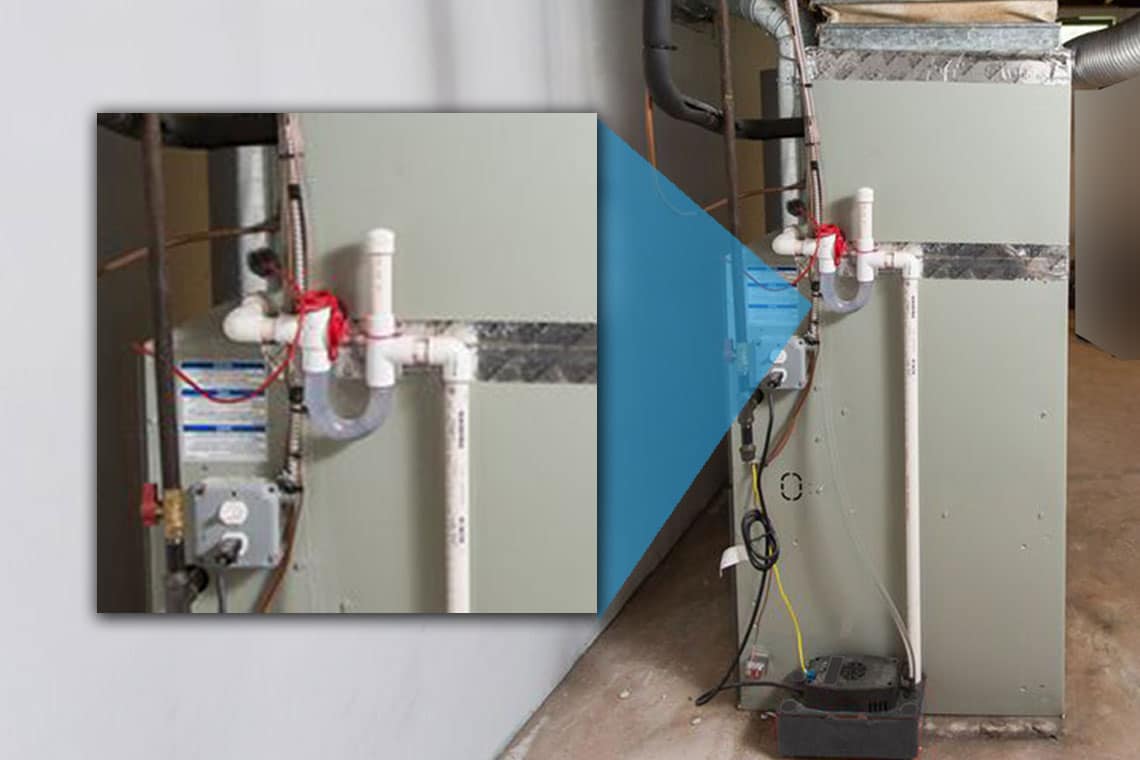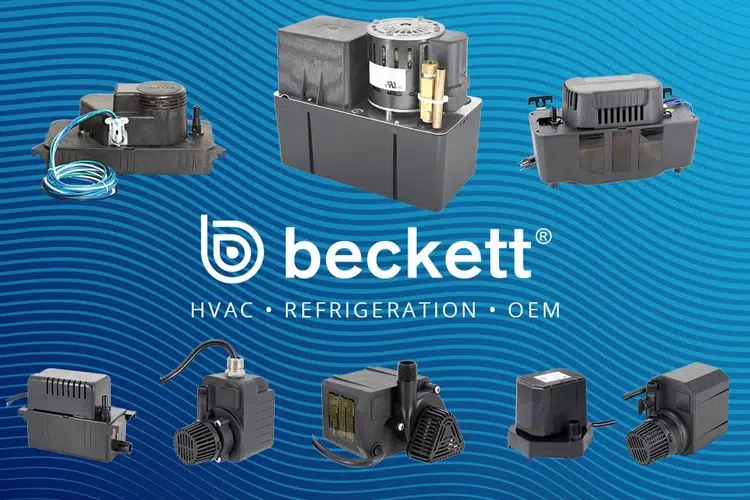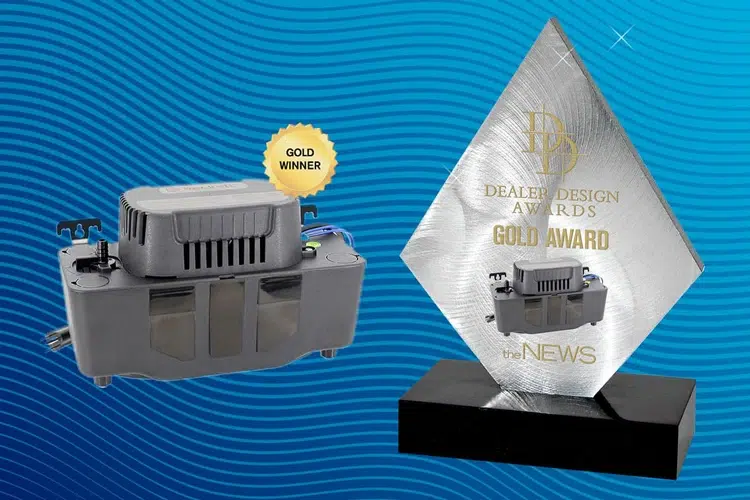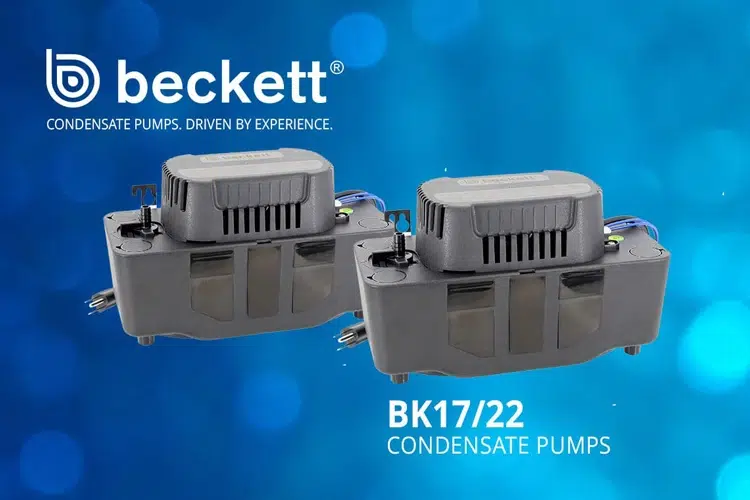HVAC Condensate Drain Lines: Importance, Problems, and Maintenance

A heating, ventilation, and air conditioning (HVAC) system plays a vital role in maintaining a comfortable indoor environment, especially during hot and humid weather conditions. An HVAC system comprises several components, including the condensate drain line, which is responsible for removing the moisture generated during the cooling process. In this article, we’ll discuss the importance of HVAC condensate drain lines, the most common problems if they are not properly maintained, and the most common maintenance recommendations.
What is a Condensate Drain Line?
A condensate drain line is a component of an HVAC system that removes the moisture (condensate) that is generated during the cooling process. When warm air passes over the evaporator coils in the air conditioning unit, the moisture in the air condenses on the coils, creating water droplets. This water is then collected in a drain pan beneath the coils and drained away through the condensate drain line.
Condensate drain lines are used to prevent the accumulation of water in the HVAC system, which can cause damage and reduce efficiency. If the moisture is not drained away properly, it can create a breeding ground for mold and bacteria, leading to unpleasant odors and potentially hazardous health conditions.
By removing the moisture from the HVAC system, the condensate drain line helps to maintain proper humidity levels in the home or building, preventing excess moisture from damaging the structure and reducing the load on the air conditioning system.
Overall, the condensate drain line plays a crucial role in the proper functioning and maintenance of an HVAC system, ensuring that excess moisture is removed and the system operates efficiently and safely.
Commons Problems Related to Condensate Drain Lines
Plugged condensate drain lines can cause several problems in HVAC systems, some of which include:
- Water Damage: The most common problem caused by a plugged condensate drain line is water damage. If the drain line is blocked, water will overflow the drain pan and spill onto the surrounding areas. This can cause damage to the HVAC unit, as well as the walls, ceilings, floors, and other nearby structures.
- Mold and Mildew: If water is not properly drained from the HVAC system, it can create a moist environment where mold and mildew can grow. This can cause unpleasant odors and may lead to unhealthy conditions for the occupants.
Condensate Drain Line Maintenance
Regular cleaning and maintenance of HVAC condensate drain lines are essential to prevent blockages, water damage, mold growth, and other problems. Here are some recommended cleaning and maintenance practices for HVAC condensate drain lines:
- Visual Inspection: Check the drain line and the drain pan for any signs of blockages or buildup of debris. Also, check for leaks and signs of water damage.
- Clear the Drain Line: Use a wet/dry vacuum or a pipe cleaner to clear any debris, dust, or buildup from the drain line. Be sure to remove any clogs or obstructions that may be blocking the drain line.
- Clean the Drain Pan: Remove any debris or dirt from the drain pan, and clean it using mild detergent and water. Rinse thoroughly and dry it completely.
- Use Algaecides and Biocides: Add algaecides and biocides to the drain pan to treat the condensate and prevent the growth of mold and bacteria.
- Schedule Regular Maintenance: Schedule regular maintenance checks with a qualified HVAC technician to ensure that the system is functioning properly and to identify any potential issues before they become major problems.
- Replace Air Filters: Change the air filters regularly to ensure adequate airflow and prevent dust and debris from accumulating on the evaporator coils.
Basic condensate drain line maintenance and air filter changes can be done as DIY projects. However, depending on your HVAC equipment and application, in many cases, it’s best to hire an experienced HVAC technician to perform annual maintenance and system checks.
By following these recommended cleaning and maintenance practices for condensate drain lines, you can ensure that your system runs efficiently and safely, preventing problems such as water damage and mold growth.
Other Reading
- The Ultimate Guide to Condensate and Condensate Pumps
- Basic Condensate Pump Troubleshooting and Maintenance
- 10 Methods to Clean a Condensate Drain Line (video)
- The HVAC Contractors Guide to Large Condensate Pumps
- The A-Z Guide to High-Temperature Condensate Pumps
- How to Size and Choose a Condensate Pump




